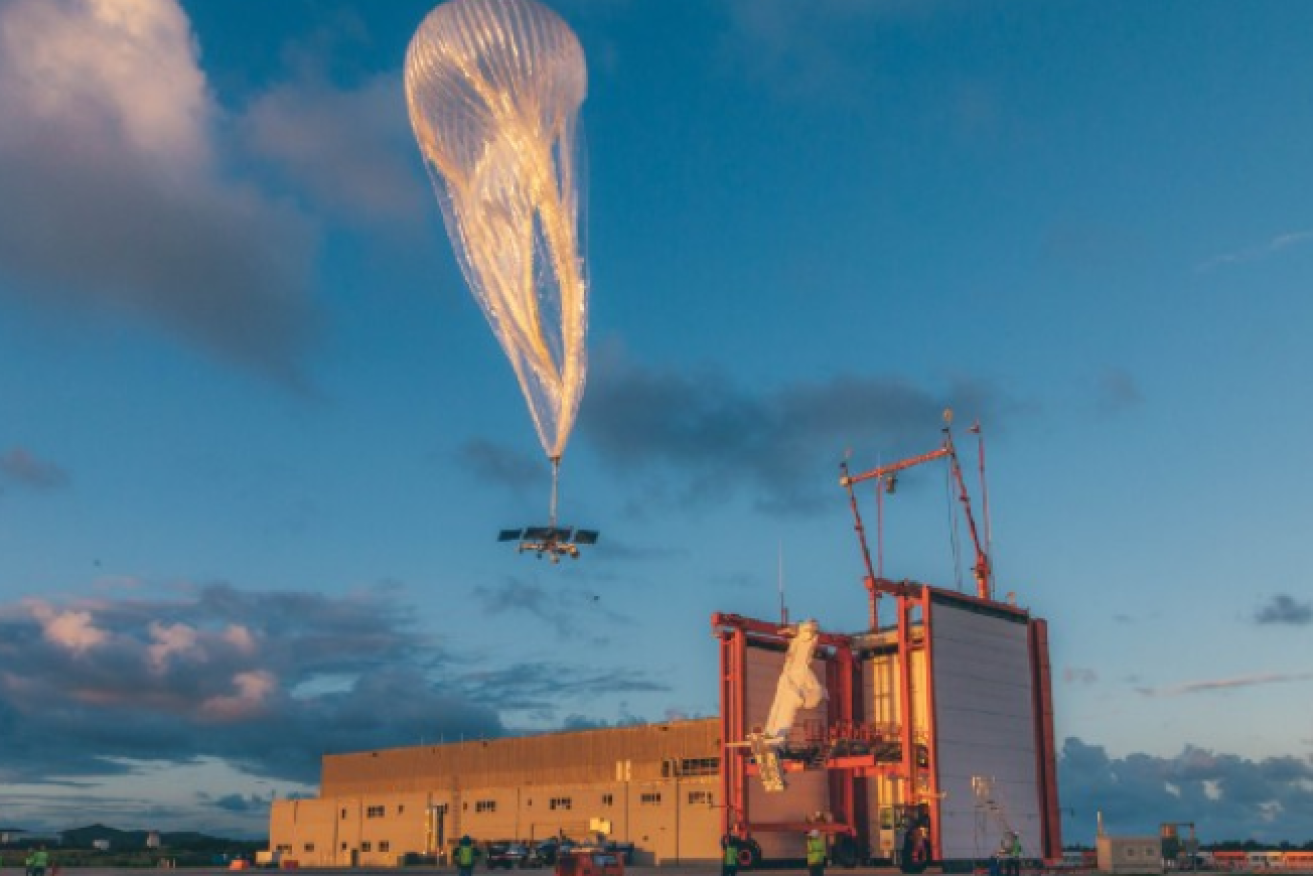Google lets the air out of its plans for a giant balloon to provide remote-area internet


The Loon project's high-flying ambitions have returned to earth with a thud. Photo: Alphabet
Google parent Alphabet has scuttled its internet balloon project, known as Loon, which was conceived with the intention of providing internet access to rural areas.
In a blog post, Loon chief executive Alastair Westgarth said the firm had not found a way to get the costs low enough to build a long-term sustainable business despite gaining a number of interested partners along the way.
Though the project was started in June 2013, it continued to be a long-term experimental project.
Loon was an independent business within Alphabet that was working to bring internet access to unserved and underserved communities around the world via a network of helium balloon-powered balloons operating on the edge of space.
“Developing radical new technology is inherently risky but that doesn’t make breaking this news any easier. Today, I’m sad to share that Loon will be winding down,” Westgarth added.
Reports suggest that one of the major hindrances of the Loon project was that people in rural areas could not afford the expensive 4G phones that were required to gain connectivity.
However, Loon succeeded in signing a pilot commercial deal with Kenyan telecommunications company Telkom to provide 4G connectivity to remote parts of the country.
https://t.co/hZ23jqACJB
// End of #Google #Loon project.Its capability of navigating airstream to sustain a low energy flight was amazing!
Final word : "the road to commercial viability has proven much longer and riskier than hoped"
💸— Pierre PACI (@pierre_paci) January 22, 2021
It also offered internet connectivity to Puerto Rico after Hurricane Maria destroyed the island’s telecommunications infrastructure.
The project had developed a communications system capable of delivering mobile internet coverage over an 11,000-square-kilometre area, which is 200 times that of an average cell tower.
The company uses self-navigating high-altitude balloons, of the size of tennis courts, placed in the stratosphere at an altitude of about 20 kilometres above sea level – well above air traffic, wildlife and weather events – to create an aerial wireless network with up to 4G-LTE speeds.
The balloons act as floating mobile phone towers, transmitting a provider’s service directly to a subscriber’s existing 4G/LTE phone below.
The equipment is powered by on-board solar panels.
Loon, initially known as Project Loon, began as a research and development project under Alphabet’s experimental “X” division.
In July 2018, the business “graduated” to become a full-fledged subsidiary of Alphabet.
Nearly a year ago, Alphabet also shut down another experimental project called Makani, which developed technology to generate wind power from gigantic energy kites.
Founded in 2006, Makani was acquired by Google in May 2013.
-AAP








